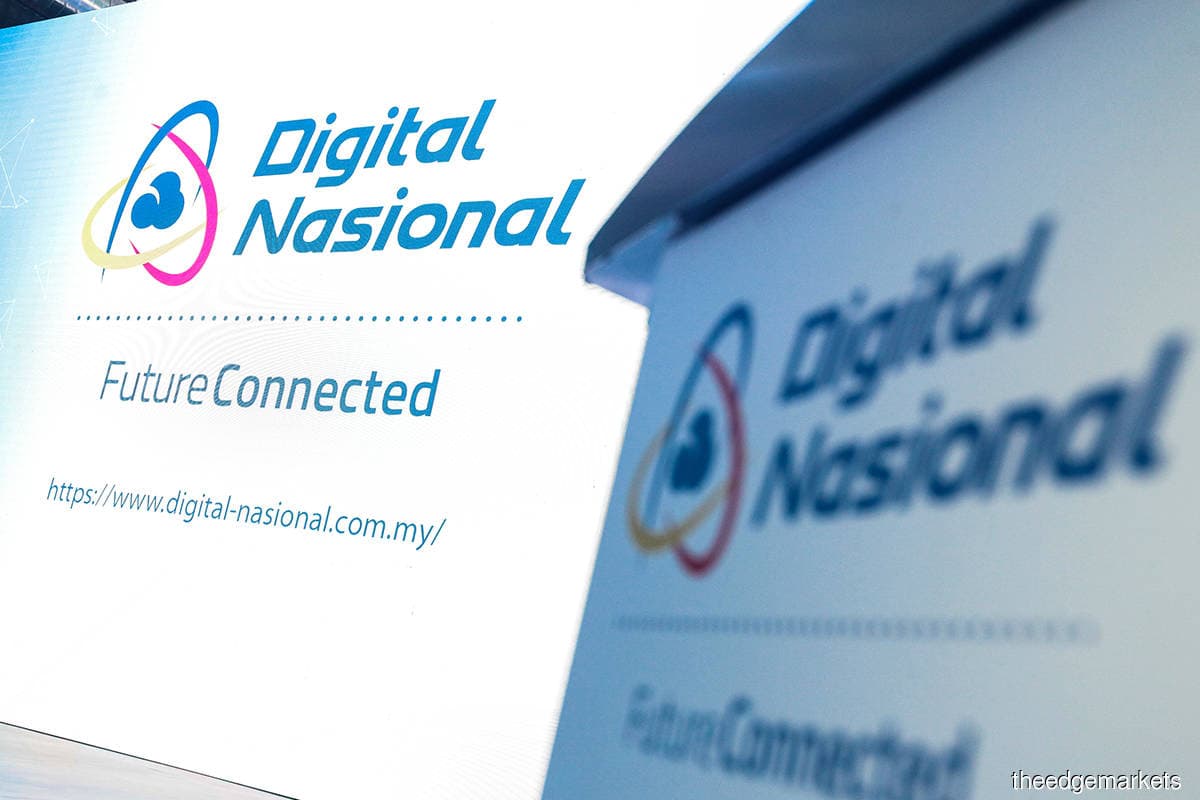
KUALA LUMPUR (March 24): CGS-CIMB said while it is unlikely for the government to disband Digital Nasional Bhd (DNB) in its review of the 5G Single Wholesale Network (SWN) rollout, the dual model network, although costlier, remains an option.
It cited Communications and Digital Minister Fahmi Fadzil, who had discussions with all telcos post Budget 2023 and reaffirmed that Malaysia will expedite 5G coverage to 80% by end-2023 (from end-2024).
“He (Fahmi) further said on March 9 that the government will honour contracts signed for DNB’s 5G rollout, which suggests that the disbanding of DNB is unlikely, in our view,” CGS-CIMB added in a note on Friday (March 24).
CGS-CIMB said SWN may continue as the lower cost would be a positive for mobile network operators (MNOs).
“In our view, a possible scenario is the continuation of the SWN model (with improved transparency) and MNOs (being) allowed to deploy 5G on their existing spectrum via Dynamic Spectrum Sharing (DSS),” it said.
The research house said while the latter (DSS) will not offer much faster speeds versus 4G, it will rapidly widen 5G coverage (plus allow for future carrier aggregation with new sub-6GHz spectrum), in line with the government’s aspirations.
If improved transparency and 5G DSS (by altering the scope of DNB’s rollout) leads to reduced 5G rollout cost, and correspondingly, lower wholesale fees, we believe it would help boost MNOs’ FY2023F-FY2025 core earnings per share (EPS).
CGS-CIMB did not rule out the possibilities of a DWN model and the exit of government entirely from DNB, to pay way for privately driven 5G networks.
“This would be more complex, as it involves a re-allocation of 5G spectrum to DNB and the second 5G network, which may be owned by MNOs that did not take up stakes in DNB previously (example Maxis and U Mobile).
“If spectrum cost and coverage/quality of service requirements are not too punitive, then it would be akin to the pre-SWN era, i.e. MNOs commercially engaging in active network sharing to mitigate the cost of 5G rollout,” it added.
CGS-CIMB said that based on the DWN model, each 5G network should cost roughly the same as but in total, more than that a SWN model.
“...With traffic split two ways, cost per GB would be higher, all else remaining equal. However, as privately driven entities, there may be room to manage the rollout more optimally based on traffic demand, and potential benefits from being nimbler to cater to commercial needs,” it added.
CGS-CIMB said there are some upsides to MNOs’ fair values if 5G rollout cost is reduced.